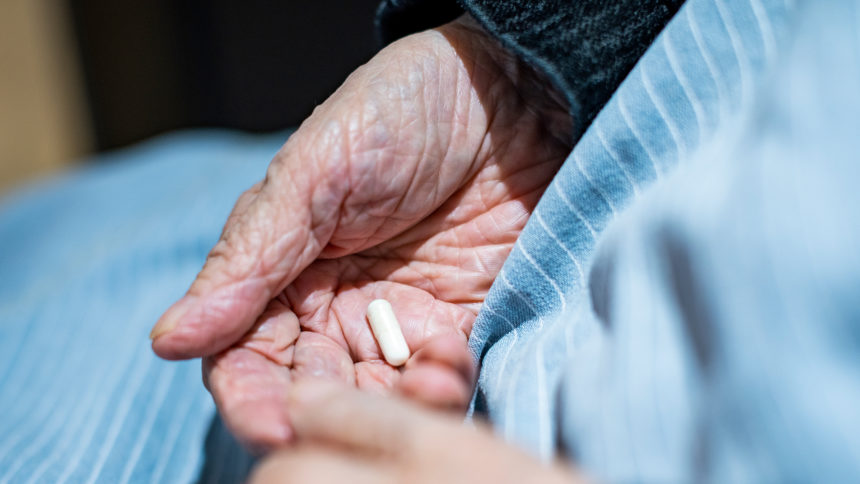
Adults who took Paxlovid when they had COVID-19 had a high prevalence of interactions with other drugs, according to a new study. For the most part, the effects of the interactions weren’t too serious and didn’t cause many people to stop taking the medication.
Of the study participants, 70% reported that they experienced at least one drug interaction; in people ages 70 and over, that increased to 82% of people experiencing interactions. Most people needed help with pharmaceuticals to manage the drug interaction effects, the report stated. The study was published Oct. 19 in PLOS One.
What types of drugs were most likely to cause interactions? Cardiovascular drugs and medications for benign prostatic hyperplasia were the biggest culprits, while central nervous system drugs and oral antithrombotic medications followed.
Even though people had interactions — the most common ones were diarrhea and bad taste in the mouth — most didn’t stop taking Paxlovid.
The drug’s official documentation warns people to be aware of possible drug interactions if they take it. In fact, the warning is significant, according to the prescribing information.
As part of the study, researchers looked at data from 637 people who took Paxlovid. All of the people were from a clinic in Toronto; they took the drug between March 2022 and September 2022. The median age of participants was 70, and the participants had a median of two risk factors for severe disease. Of the people studied, 45% had conditions that classified them as immunocompromised; 82% of them had received at least three vaccines for COVID-19. The median number of medications people took along with Paxlovid was seven medicines.
Not all the people studied completed the five days of medication in the course of Paxlovid; about 95% did. After 28 days of taking the medication, 68% said they recovered from symptoms. Of the participants, 3.3% were placed in the hospital after 28 days of taking the drug and 1.2% of the hospitalizations were linked to COVID-19.
Doctors need to be aware of the prevalence of adverse effects when their patients take Paxlovid and know how to help people with interactions.
The federal government, which has managed Paxlovid distribution since the drug came on the scene, recently announced it will continue providing it free through the end of the year. The drug will hit the commercial market next month. It will stay free for some populations, including people on Medicare and Medicaid, but the price will rise for others.



